Review for Gosick: Collection 2
Introduction
The days that I have to go looking abroad for those niche anime titles that only get subtitled releases may soon come to an end, following an observation by Manga Entertainment at the recent expo. They noted that they weren’t stung by the subtitle only release of Blue Exorcist with which they were testing the sub-only waters. Given that more and more shows are no longer getting dubs in the US, mainly due to the straitened financial climes that we find ourselves in, it means that there are fewer and fewer dubbed shows for UK companies to compete over, and by necessity, they will be the mainstream shows. It seems that MVM too will release a rare subtitle show next year in Mayo Chiki, after Sentai chose not to dub it. If that means shows like Gosick will finally appear in the UK, this can only be a good thing.
Kazuya Kujo is a Japanese transfer student who’s been sent to study at the elite St. Marguerite Academy in the fictional European nation of Saubure in 1924. It’s a quaint country, rushing headlong into the modern age, yet still infused with myths, legends and superstitions. Kujo’s dark hair and foreign appearance get him dubbed the Dark Reaper, and he’s isolated by his classmates. His teacher Miss Cecile suggests that he should read more ghost stories, to try and fit in. That takes him to the school’s library tower, where on the top floor lives another superstitious figure and eternal absentee from class. Victorique is a diminutive, blonde haired-girl, by turns dubbed the Golden Fairy and the Gray Wolf, who shies away from human contact. But for some reason she takes to Kujo. She loves puzzles, can solve crimes that baffle the local police force, and she soon relies on Kujo to bring her increasingly baffling mysteries to which she can devote her logical mind, while Kujo’s run ragged to help stave off her boredom. But the mysteries that she solves are nothing compares to the mysteries that surround Victorique herself.
The concluding twelve episodes of Gosick are presented across two discs by Madman Entertainment.
Disc 1
13. He Who Is His Own Lawyer Has a Fool for a Client
14. A Malicious Frill is Censuring the Farting Newt
15. Two Monsters See Eye to Eye
16. The Felling Maria has a Fly’s Head
17. The Box Lies in the Spiral Labyrinth
18. The Jet-Black Train Carries Several Lies
Disc 2
19. The Rose Coloured Life is Buried Under Fresh Snow
20. Led By the Phantom of the Phantom
21. The Bells of Christmas Eve Toll at the Heels of Time
22. A Christmas Carol Decorates the Windowsill’s Happiness
23. Announcing Checkmate at Dyed-Gray Chess
24. Looking at Infinity Over the Reaper’s Shoulder
Picture
Gosick gets a 1.78:1 anamorphic transfer, which Madman have given the native PAL treatment. It’s a crystal clear presentation, sharp and with consistent colours throughout, and with smooth animation. It’s just what this Studio Bones show deserves, with its really high production values and strong attention to detail. The character designs are typical anime, but unique and memorable in their own right, while the colour palette is rich and subdued, lavish enough to do justice to the complex and detailed visuals, while still harking of the period, almost with sepia overtones. With the detailed and lush animation in this volume, I realise how much I wish this show was on Blu-ray. Crunchyroll is there for HD viewing though if you have a computer smooth enough.
Sound
The sole audio track is a DD 2.0 Japanese stereo track with optional English subtitles. The dialogue is clear throughout, while the stereo when given a little Prologic push expands quite well to give the show presence, bringing across the ambience and the action sequences quite well. The music too is of high quality, an orchestral soundtrack that once again enhances the shows dramatic texture without overwhelming the narrative. The subtitles are accurately timed and free of error, although there are no subtitles for the opening and end themes.
Extras
2 discs come in an Amaray case, with one disc on a central hinged panel. The inside of the sleeve unfolds into a mini poster featuring character art.
This time the discs have the appropriate Kadokawa logos pop up when played. Both discs have static menus and jacket pictures when the discs aren’t spinning in compatible players.
The only extras are on disc 2, and amount to the second endless credit sequence, and eight minutes of the end of the final episode, without the credits text, although also unfortunately without dialogue subtitles.
You’ll also find trailers for other Madman discs, including Blue Exorcist: Part 1, Fullmetal Alchemist Brotherhood OVAs, Broken Blade, and .hack//Quantum.
Conclusion
A year from now, if you ask me what my favourite anime are, I’ll reel off a list of the usual suspects, the Akiras and the Evangelions of the medium, which will surprise no one. Ask me right now, and Gosick will be high up on the list. Ask me again in a couple of years after I re-watch the show, it will be back there again. Gosick is one of the best anime of recent years. It’s just that it lacks the market impact of the bigger titles, and what it does, it does in a very familiar and even clichéd vein of anime storytelling. It’s immediately recognisable as an early Twenty-teens (is that what we’re calling this decade?) anime, with the character tropes, the storytelling style all present and correct. It’s just that what it does with these tools that take it to the pinnacle of perfection. But somehow it appears to be one of those shows that are slipping through the cracks, not helped by Bandai’s collapse and its relative scarcity in Western markets. It’s not an Earth shattering Madoka Magica of an anime, it’s just a very well written and executed story, and quite frankly I’m looking forward to it slipping my mind, as I’ll only fall in love with it all over again the next time I watch it. As for this review, part one of Gosick was amazing; part two of Gosick is even better than that.
The first part established the team of the haughty and selfish, pint-sized detective Victorique, and her doormat of a Watson in Kujo, as they went about solving mysteries in the fictional European nation of Saubure in the early nineteen-twenties. The setting added much to the charm of the show, the mysteries were well constructed, and there was a whole back-story established for the characters and the nation that added dimension to the story. Saubure is a nation caught between modernity and superstition, Victorique’s own personal history is an enigma, and her very existence somehow lies at the heart of a power struggle in the nation.
This second half of the show continues with the mysteries, but as the episodes progress, it all becomes increasingly more personal for Victorique and Kujo, as the truth of Victorique’s past is revealed. It’s not at all a pretty revelation. The laughter and lightness of the first half of the show diminishes, as the mysteries get darker and more challenging. First there is the puzzle of the alchemist called Leviathan and his missing gold, which winds up involving the royal family and goes to the heart of the power struggle in Saubure. The thing is that this is one time that Victorique is actively advised against investigating, but her pride and curiosity overwhelm.
This is the moment from which the rest of the story unfolds, and it transpires that Victorique’s no longer in control of her own destiny, indeed that her very talents have been nurtured for someone else’s avarice and lust for power. She’s forced to solve the mysteries at Beelzebub’s Skull and the mystery of Coco Rose against her will, and both times her relationship with Kujo is used against her. For the final three episodes of the show, the sleuthing takes a back seat as the series heads towards its conclusion, with the grand story that has been unfolding over the past 24 episodes coming to the forefront, while putting Victorique and Kujo’s relationship to the ultimate test.
That is the strength of this show, the quality of the writing when it comes to the stories and when it comes to the characters, most especially when it comes to the relationship between Victorique and Kujo. They are the most endearing and well written pairing in anime, their relationship develops naturally and on many levels, and it is the most charmingly realistic couple I have seen depicted in anime. They fall in love, they argue, they tease each other, they row, it’s a delight to watch. Kujo’s initial fascination for Victorique turns to tender and teasing affection, while Victorique’s selfish mistreatment of her ‘servant’ masks a growing dependence and need for his presence. It’s a relationship between two somewhat clichéd anime characters that grows naturally and subtly, so that you don’t even realise that you invest in it. And then the conclusion of episode 22 arrives and it breaks your heart. As for the end of the series... well not to spoil anything, but I can’t think of a more appropriate end to an anime story.
Of course a relationship does not an anime series make, and Gosick’s story, set in between the war years is sublime. The fictional nation of Saubure is a fascinating setting, and the conflict between modernity and superstition is borne out in the story as a power struggle between the nation’s Academy of Science and Occult Ministry, all fighting over who gets to use the nation’s king as their pawn to direct the future of the country. Both sides want to use Victorique to further their goals, and neither care about the girl behind the superstition of the Gray Wolf. In this collection of episodes, Saubure’s royalty takes a larger role, and they’re written as a cross between the Romanovs and the Tudors, with Leviathan drawn as a Rasputin like figure, while the King has a very Henry VIII type approach to infidelity.
In this fictional world, the Second World War gets rescheduled to fit in with prophecy, and the conflict between science and superstition heralds the sort of societal chaos and collapse that threatens to erupt beyond the borders of Saubure. It’s an ominous march to totalitarianism that in this story reflects what would happen in the real world a decade later.
There is a lot to adore about this series, and I’ve only scratched the surface in this review. No matter as it really ought to be discovered for yourselves. It’s perfectly paced, brilliantly written, with memorable and endearing characters. It’s got a rich and lush world that offers inspiration and possibility, while the show itself gets excellent animation, great voice actors, and a suitably atmospheric soundtrack. The only complaint I have is that it isn’t longer. That may contradict my statement about it being perfectly paced and written, but once you enter this world of Victorique and Kujo, you won’t want their adventures to end.
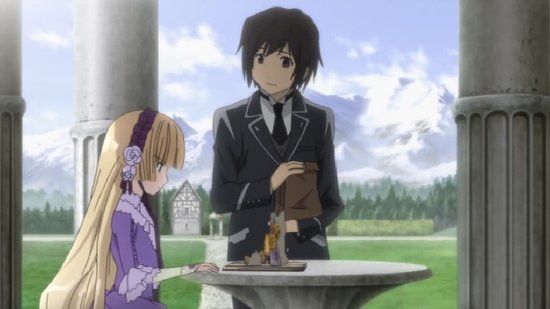
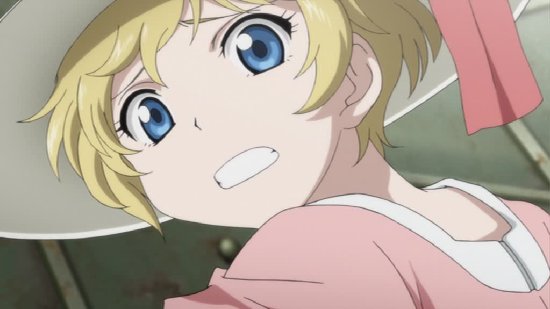
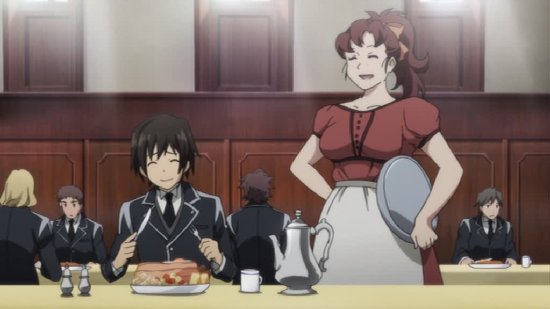
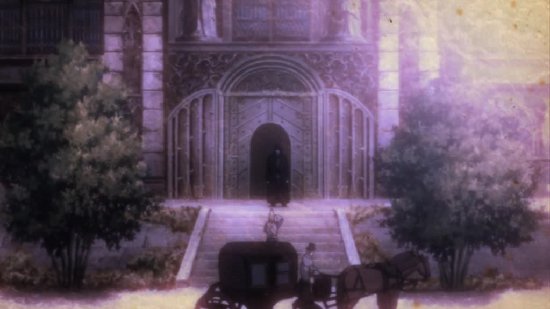
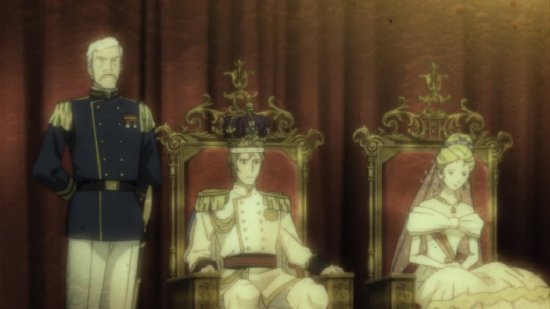

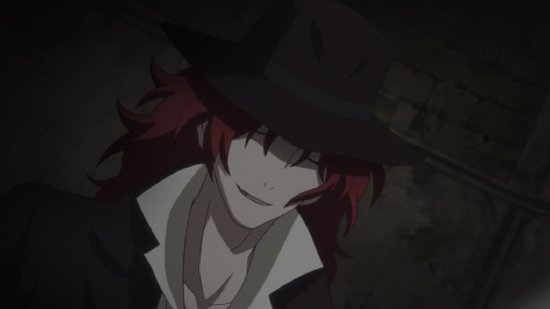


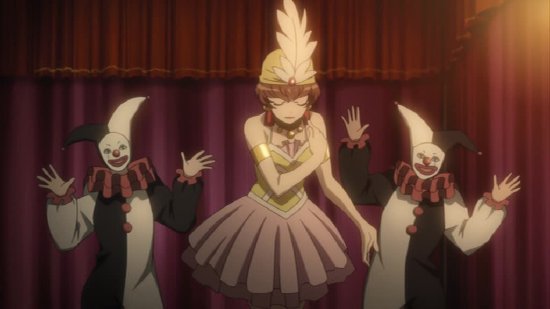


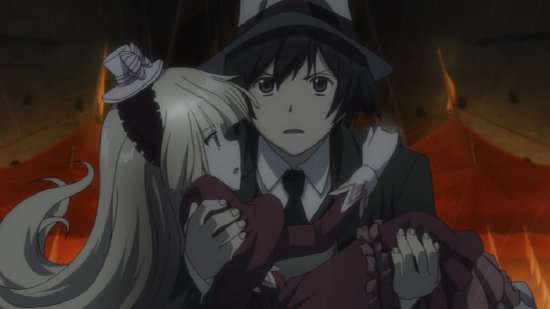
Your Opinions and Comments
Be the first to post a comment!